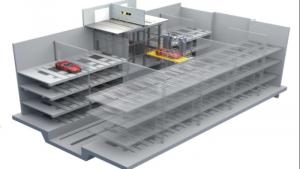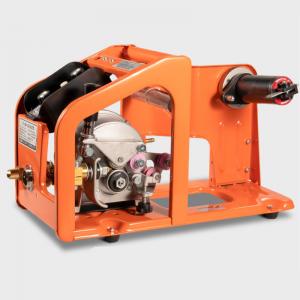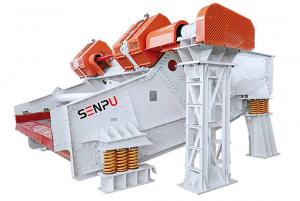Loading Port:Shanghai
Payment Terms:TT OR LC
Min Order Qty:1 unit
Supply Capability:1 unit/month
ITEM/TYPE | SFH1016 | SFH1516 | SFHD1025 | |
Capacity Q | kg | 1000 | 1500 | 1000 |
Min.fork height h | mm | 85 | 85 | 85 |
Max.fork height h1 | mm | 1600 | 1600 | 2500 |
Min.mast height h1 | mm | 1980 | 1980 | 1830 |
Size of fork e*s | mm | 150/160x60 | 150/160x60 | 150/160x60 |
Length of fork | mm | 900/1150 | 900/1150 | 900/1150 |
Width of overall fork(adjust/fixed)b5 | mm | 330~740/550 | 330~740/550 | 330~740/550 |
Radius of gyration | mm | 1250/1380 | 1250 | 1250/1000 |
Weight | kg | 240/220 | 260 | 300 |
Fork rollers | mm | Φ74x70 | Φ74x70 | Φ74x70 |
Big wheel | mm | Φ180x50 | Φ180x50 | Φ180x50 |
All products are granted CE or GS certificates by Rheinland Group. The products are widely used in the field of modern logistic. There are seven product categories and over 2000 sorts. Besides standard products, we also customizes according to your requirements.
We focus on improving our core competitiveness and grasp the trend of upsizing, intelligentizing and environmental friendly. Based on self-developement and innovation, we cooperate with scientific research institution and schools and study new products, technique and craft which are suitable for market.
Stackers and reclaimers were originally manually controlled, with no means of remote control. Modern machines are typically semi-automatic or fully automated, with parameters remotely set. The control system used is typically a programmable logic controller, with a human-machine interface for display, connected to a central control system.
Other than stacking, a stacker has three basic movements:
Luffing: This is vertical movement. Stackers use either a winch mechanism with metal wire, or hydraulic cylinders, generally two. Winch mechanisms are highly reliable compared to hydraulic actuators and remain widely used, particularly in large stackers.
Travelling: The stacker moves on a rail track, which may be broad or narrow gauge, enabling it to move around the stockyard as required. For this purpose, traction motors powered by direct current (DC) are connected by bevel gears to between 12 and 22 wheels. For manual control, all the controls are in a controller's cabin above the boom conveyor or boom. Modern stackers can be controlled remotely.
Slewing: This is rotation of the stacker around its central axis to align or place the stockpile where required. This works mostly by a slew pinion that rotates around a slew base. This type of gear assembly is called a sun and planet gear. The axles may be multiple and are driven by DC-powered axle motors which transmit the torque via bevel or helical gears.
The conveyor belts used in stackers may be made of fabric or metal wire, depending upon the material to be handled. They are driven by pulleys, which in turn are driven by DC motors. The motors and gear are coupled by fluid coupling.
Most stackers are electrically powered by way of a trailing cable. There are basically two types of cable trailing: power cord rotating drum (PCRD) and control cable rotating drum (CCRD). Pendulum adjustments are made to ensure the proper alignment of these cables while the stacker is travelling.



